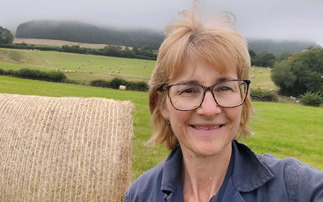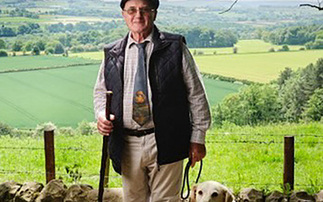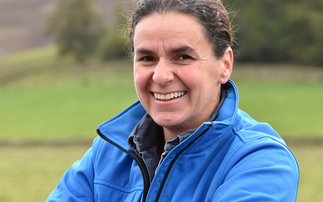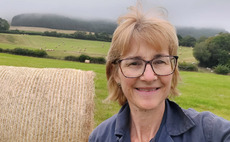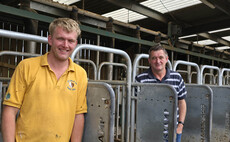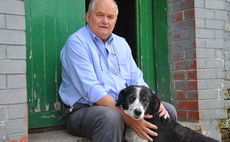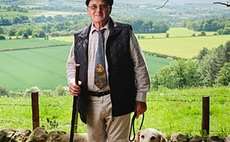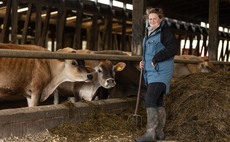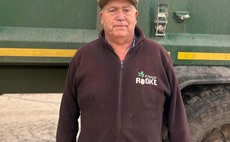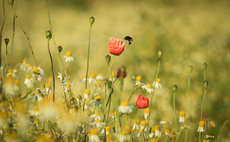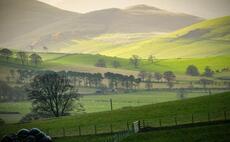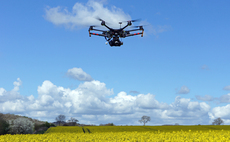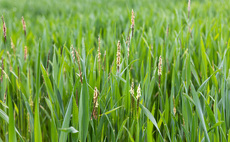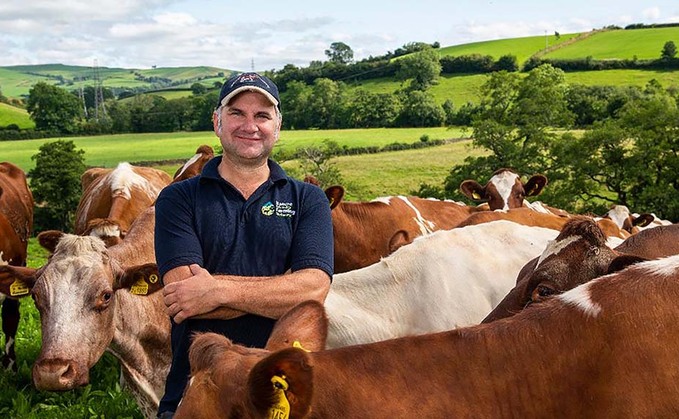
Well, things have moved on considerably since then. We eventually got our own mowers out and brought in the first cut here at Strickley; it filled the silage pit very nicely. It came in dry and didn't see any rain, apart from the first 30 acres which received a shower of rain the night it was cut. That was four weeks ago and that's the last time we saw any rain here - each day since then has been over 20degC. Just in case you are thinking Strickley is on the Californian coast - it is not. We are in the lesser-known sunshine state of Cumbria. We get rain, surely - we always get rain. But not this time, it seems. A mere 2mm over six weeks wouldn't fill a small puddle, never mind Windermere and the other lakes. ��
All the fields in our parish are burnt and brown. The thin soils around here are fine when we get our regular dose of rain, but they soon begin to suffer when the Atlantic rains get shut down by a stubborn high-pressure system. We thought we had plenty of drought resilience with a good amount of permanent pasture and deep-rooted herbal leys, but the grazing rotation is looking a bit of mess at the moment.
However, the cows have never gone short of grass and the dry cows and youngstock look incredibly healthy, with their jackets shining under clear blue skies. As farmers, I know we will have to become more adapted to unusual periods of weather; storing water in soils that are rich in organic matter is the easiest way to bank the rainfall for periods of drought. I think - actually, I am sure - arable farmers are ahead of us livestock farmers in this respect, but we are getting better. Here, we have tested over 20 fields as part of the Government's Sustainable Farming Incentive intermediate soil standard and they look pretty good. With an average soil organic matter in the silage meadows of 15 per cent and 18 per cent for the permanent pastures, we now need improve our use of that natural water store with far better management of our grazing rotation.
One part of the farm business that has been loving the clear skies and bright sun is the 65 solar panels on the new roof. They are performing magnificently and are a fair bit ahead of where we had hoped. Since we switched them on in late February, they have produced two-thirds of the entire farm's electricity usage and June has been an amazing 82 per cent so far. We have actually produced more electricity in total than we have used, but the unused exported power has been given away to the National Grid because they have had an incredible amount of new solar connections and are well behind sorting out the MPAN (Meter Point Administration Number) exports.
The new ponds and wetland areas, created with the help of Danny Teasdale from Ullswater Catchment Management two years ago, are absolutely brimming with damselflies and dragonflies. They have really blossomed in the hot dry spell and, while the water level is a bit low, the muddy areas and warm pools are perfect for them.
Seeing the farm as a whole is important; some things thrive in the heat, others in the rain. Getting hung up on one part in isolation could easily have a detrimental effect on the other, and I know from my own experience that worrying about things outside of our control has a detrimental effect on mental health. We have just got to do our best with the time and resources available to us, without breaking ourselves in the process and allowing the black dog in.
Now then - what's that I see outside on the patio? I think it may just be a few spots of rain.





